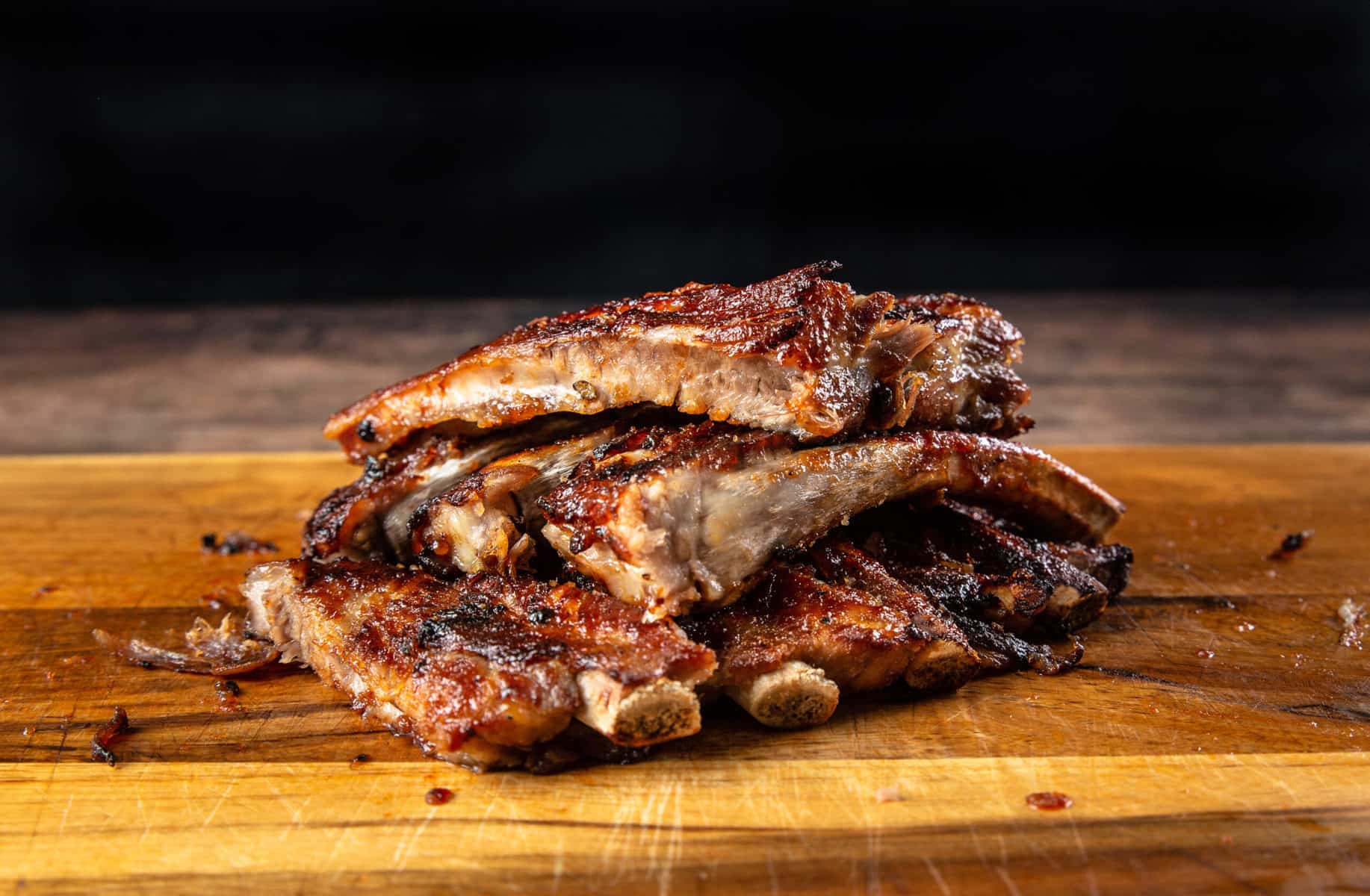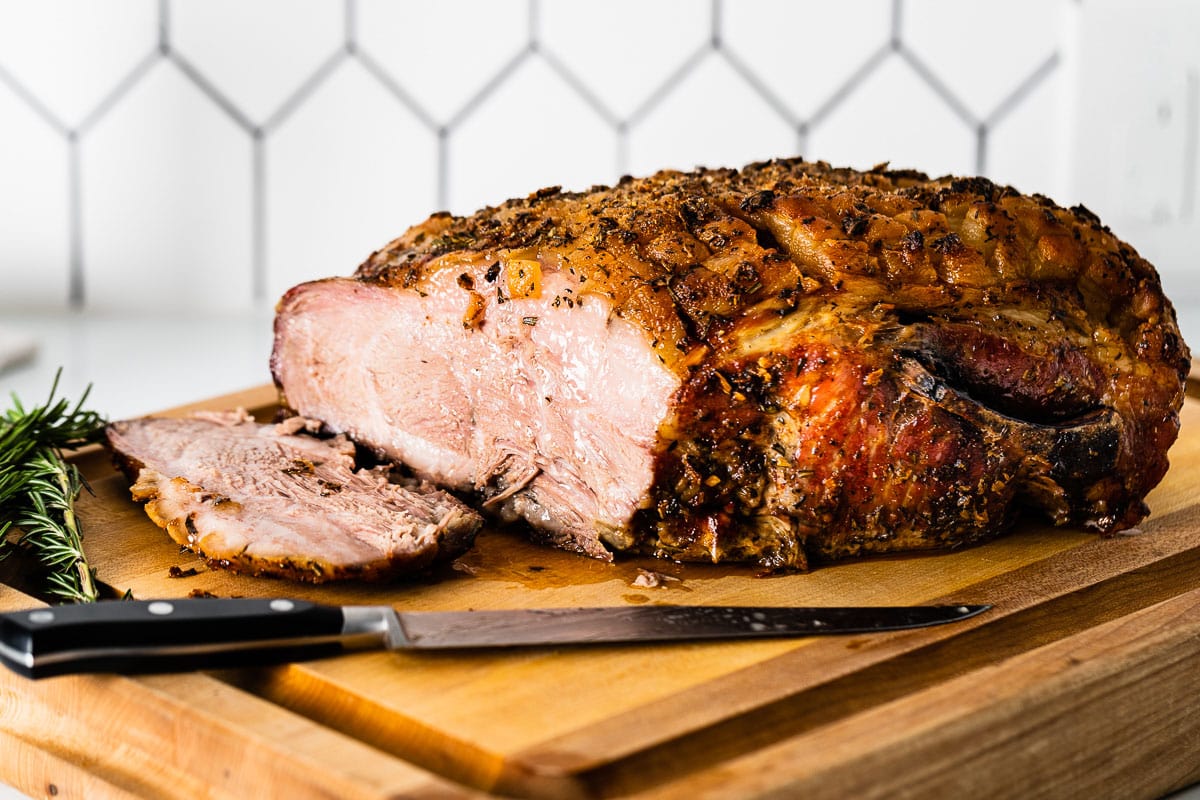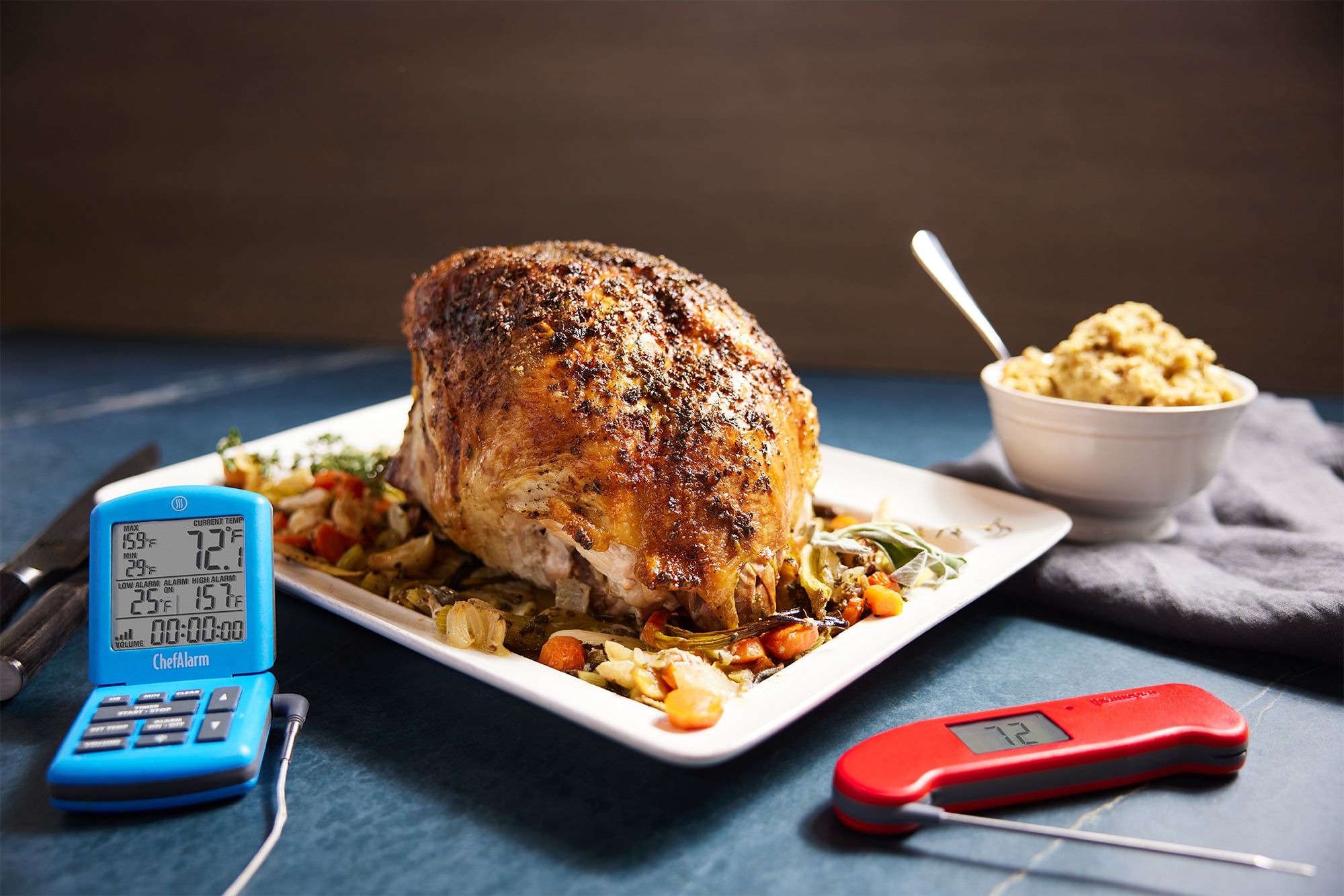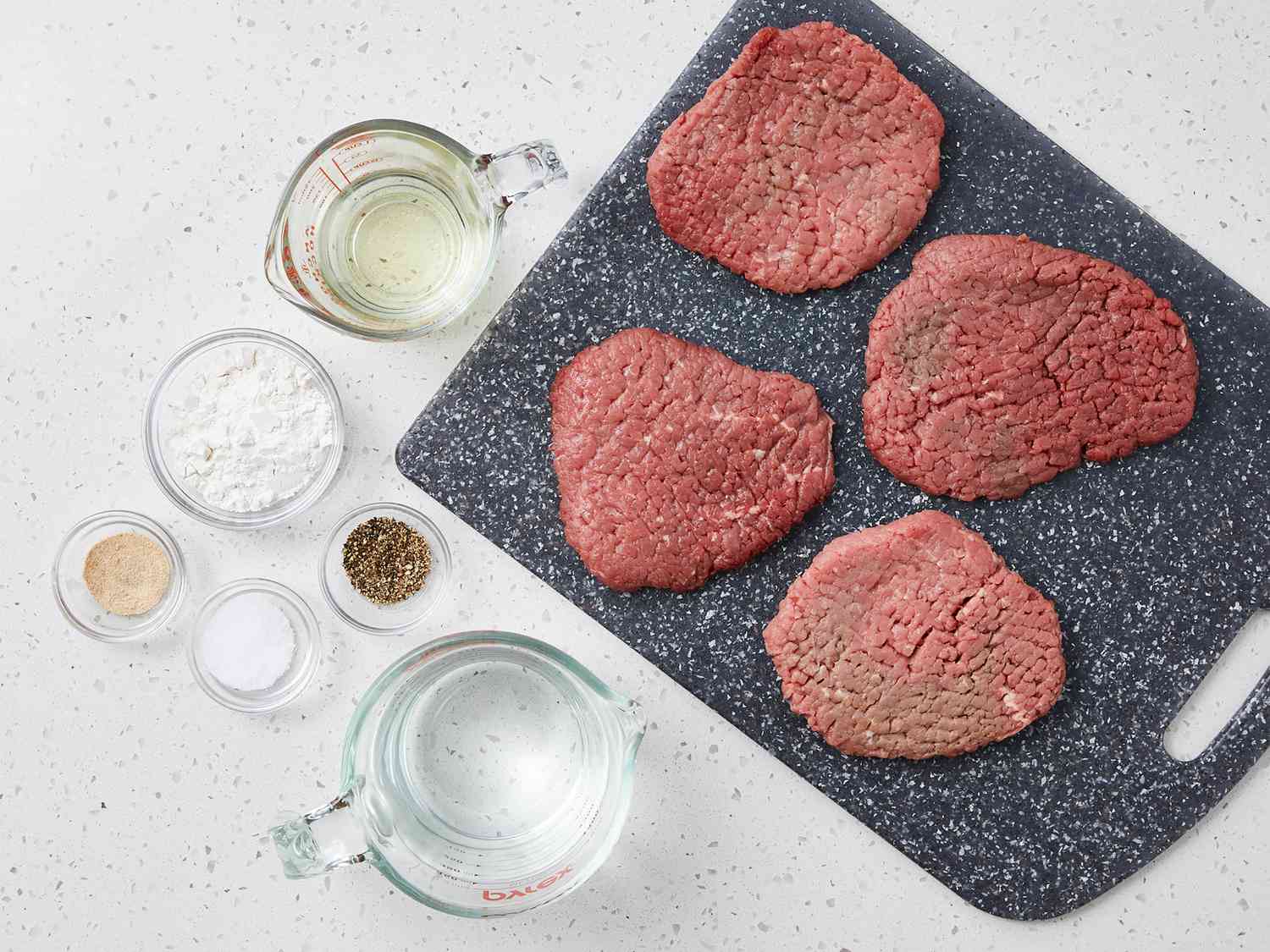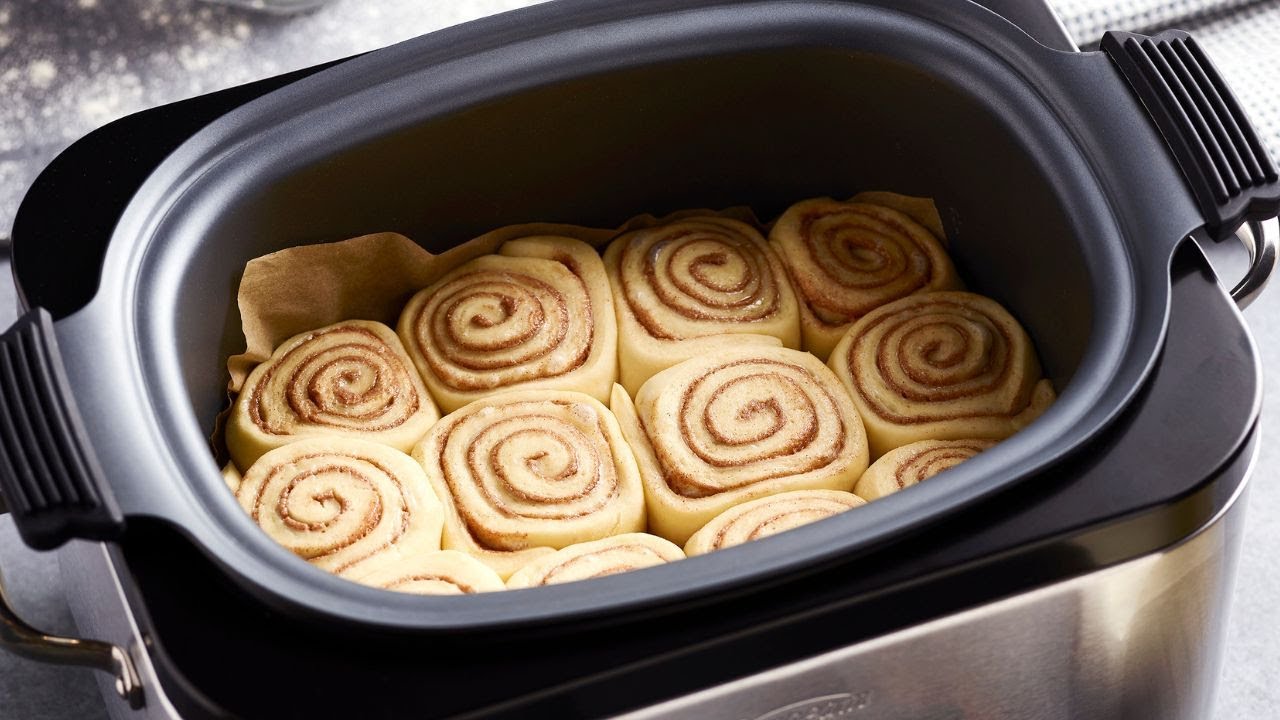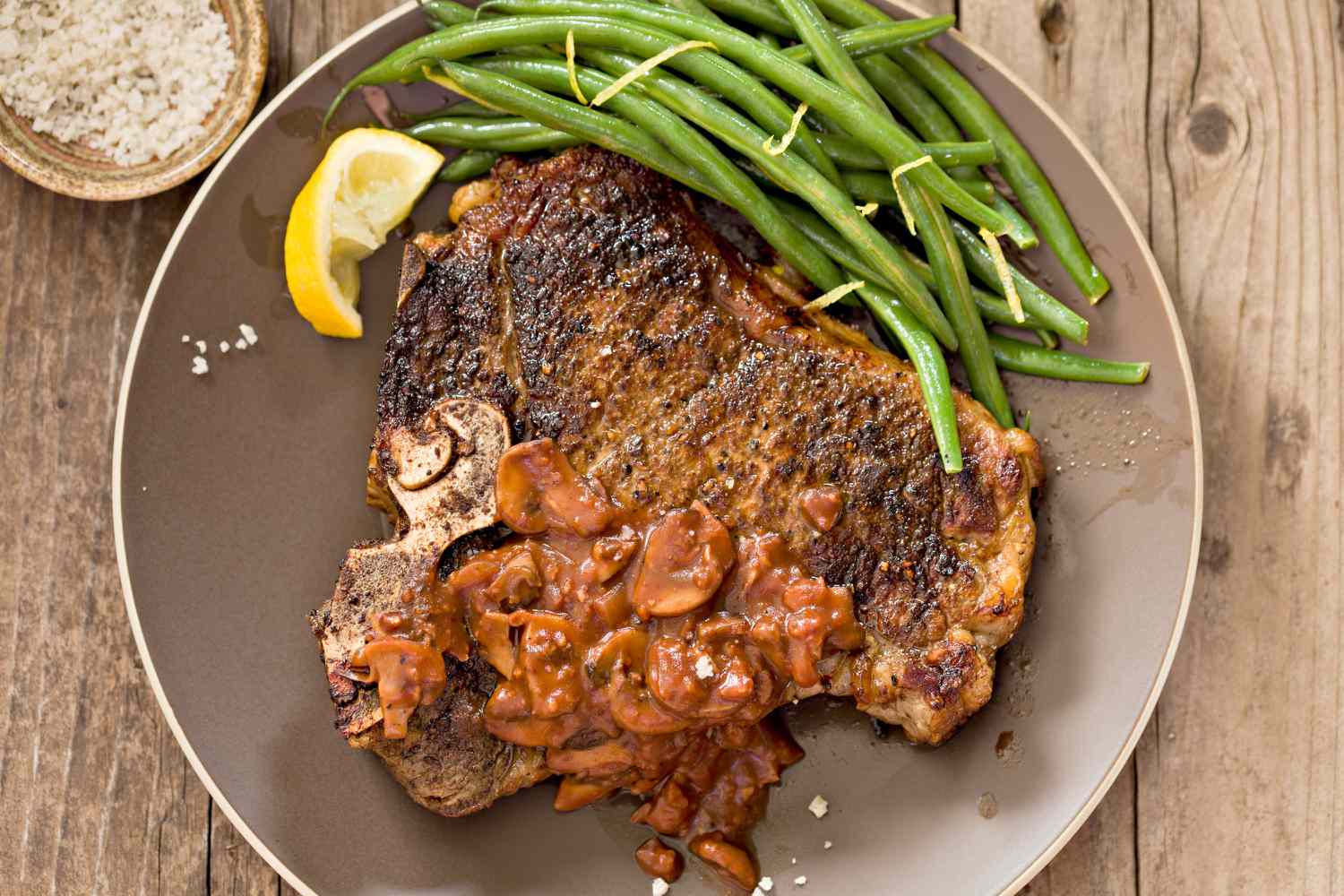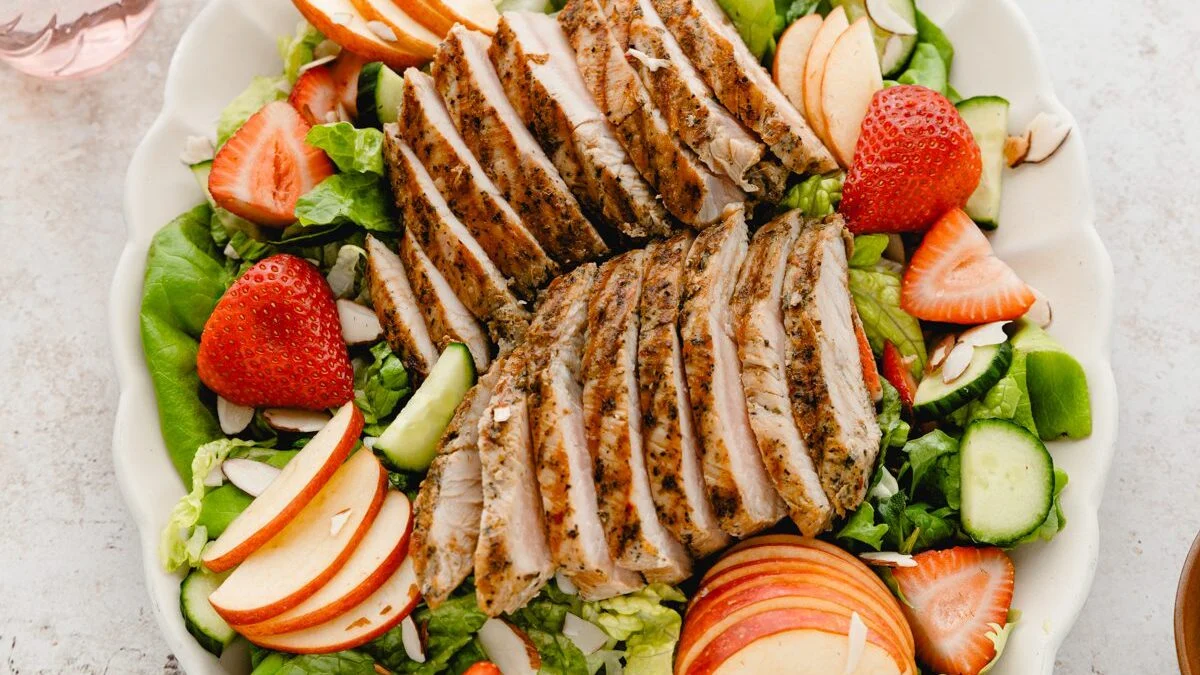Cooking noodles in soup is a delightful way to infuse them with flavor, transforming a simple dish into a comforting meal. This method, favored in many cuisines around the world, allows noodles to absorb the rich tastes and aromas of the broth, enhancing the overall dining experience. Whether you're aiming for a hearty chicken noodle soup, a spicy ramen bowl, or a savory vegetable broth with pasta, mastering the art of cooking noodles directly in soup is straightforward. In this guide, we'll walk through essential tips and tricks to ensure your noodles come out perfectly tender and delicious every time.
Gather Your Ingredients
- Noodles (your choice, could be ramen, udon, or spaghetti)
- Chicken or vegetable broth (4 cups)
- Carrots (2, thinly sliced)
- Green onions (3, chopped)
- Garlic cloves (2, minced)
- Ginger (1-inch piece, grated)
- Soy sauce (2 tablespoons)
- Sesame oil (1 teaspoon)
- Cooked chicken or tofu (optional, for protein)
- Mushrooms (optional, 1 cup sliced)
- Spinach or bok choy (optional, 1 cup)
- Salt and pepper (to taste)
- Water (if needed, for boiling noodles)
Essential Tools for Your Cooking Adventure
- Large pot for boiling noodles
- Strainer or colander for draining noodles
- Knife for chopping ingredients
- Cutting board for prepping vegetables
- Measuring cups and spoons for precise ingredient amounts
- Wooden spoon or ladle for stirring soup
- Soup bowls for serving
- Stove or cooking range
Cooking noodles directly in soup adds depth, as starch released thickens the broth, enhancing flavor. Ensure a simmer, not a boil, to prevent noodles from becoming mushy.
The Joy of Cooking Noodles in Soup
Cooking noodles directly in soup is a clever technique that infuses them with rich flavors, ensuring every bite is as tasty as possible. This method also helps thicken the broth, giving your soup a heartier texture and more depth of flavor, making for a more satisfying meal.
Additionally, preparing noodles this way saves time and simplifies cleanup. Instead of juggling pots for boiling noodles and making soup, you can do everything in one pot. This efficiency makes cooking and serving meals quicker, allowing more time to enjoy your delicious creation with family or friends.
Your Step-by-Step Culinary Journey
-
Select noodles: Choose your preferred type of noodles. Options include ramen, egg noodles, rice noodles, or udon.
-
Prepare soup base: Have your soup ready. This could be a broth made from chicken, beef, vegetables, or any other base you prefer.
-
Boil water: In a separate pot, bring water to a rolling boil. The amount of water should be enough to completely submerge the noodles.
-
Cook noodles separately: Add noodles to the boiling water. Follow the cooking time suggested on the package, usually between 3 to 8 minutes, depending on the noodle type.
-
Test for doneness: Check noodles a minute before the suggested cooking time is up. They should be tender but still have a slight bite, known as al dente.
-
Drain noodles: Once cooked to your liking, drain the noodles in a colander. Quickly rinse them under cold water to stop the cooking process and prevent them from sticking together.
-
Warm soup: Ensure your soup is heated to a simmer. This is crucial for serving as it ensures both components are hot.
-
Combine noodles and soup: Place a portion of the cooked noodles into a bowl. Ladle the hot soup over them, ensuring they are fully submerged.
-
Add toppings: Enhance your noodle soup with toppings like sliced green onions, mushrooms, boiled eggs, or cooked meat. This step is optional but adds flavor and texture.
-
Serve immediately: Enjoy your noodle soup while it's hot for the best experience.
Mastering the Art of Noodle Soup
Cooking noodles directly in soup is a game-changer for anyone looking to whip up a comforting meal with minimal fuss. Remember, choosing the right type of noodle is crucial; go for ones that complement the soup's flavor and texture. Adjust cooking times based on the noodle's thickness and the soup's consistency, ensuring everything cooks evenly. Don't forget to taste as you go, seasoning the soup to perfection. This method not only saves time but also enhances the dish's overall flavor, as noodles absorb the broth, becoming incredibly tasty. So, next time you're in the kitchen, give this technique a try. With a bit of practice, you'll elevate your soup game, impressing family and friends with your culinary skills. Cooking noodles in soup might just become your new go-to method for a quick and delicious meal.
For those wanting to refine their noodle soup skills, several recipes can be explored. The Classic Chicken Noodle Soup Recipe offers a hearty and comforting option, perfect for any season. If you're in the mood for something exotic, the Japanese Udon Noodle Soup Recipe and Traditional Japanese Ramen Recipe bring rich, savory flavors right to your kitchen. For a kick of spice, the Spicy Thai Tom Yum Noodle Soup Recipe and Spicy Szechuan Beef Noodle Soup Recipe will not disappoint, bringing bold tastes that excite the palate. Additionally, the Vietnamese Pho Bo Recipe provides a fragrant and aromatic experience, while the Italian Wedding Soup with Noodles Recipe combines the best of Italian tradition with a delightful noodle twist. Experimenting with these recipes will enhance your cooking repertoire and introduce a variety of delicious noodle soups to your table.
All Your Questions Answered
How long should I cook noodles in soup?
Cooking times for noodles in soup vary depending on the type. For most, simmering for 6-8 minutes right in the broth does the trick. But always check the package instructions; some varieties need less time and adding them too early could turn them mushy.
Can I cook noodles directly in the soup, or should I boil them separately?
Yes, you can cook noodles directly in the soup. This method not only saves dishes but also lets the noodles absorb the flavors of the soup, enhancing the overall taste. However, if you're planning on having leftovers, consider boiling them separately to prevent them from soaking up all the broth and becoming too soft.
What type of noodles works best for soups?
Almost any type can complement your soup, but thin, quick-cooking varieties like egg noodles, rice noodles, or ramen are especially good choices. They cook fast and are perfect for soaking up the flavors of your broth.
How can I prevent noodles from getting too soft in soup?
To keep noodles from turning too soft, add them to the soup towards the end of cooking time. Ensure they have just enough time to become tender. For leftovers, it's best to store noodles and soup separately and combine them when you're ready to reheat.
Is it better to use fresh or dried noodles for soup?
Both fresh and dried noodles have their place in soup. Fresh noodles offer a tender, chewy texture and cook quickly, making them a great choice for lighter, broth-based soups. Dried noodles, on the other hand, tend to hold their shape better in heartier soups.
How do I adjust the seasoning of my soup when cooking noodles in it?
Noodles can absorb a lot of broth and may dilute the flavor of your soup. Taste your soup after the noodles have cooked and adjust the seasoning as needed. You might need to add a bit more salt, pepper, or herbs to bring the flavors back into balance.
Can I use gluten-free noodles in soup?
Absolutely! There are plenty of gluten-free noodle options that work well in soup, such as those made from rice, quinoa, or corn. Just keep an eye on the cooking time, as it can vary from traditional noodles.
Was this page helpful?
Read Next: How To Cook Ribs In A Crock Pot With Water
